Computers, UNIX, and Me
My journey in technology began long before AI and machine learning. I was born in 1971, the same year as the first microprocessor, the Intel 4004. Perfect timing to witness first hand the revolution of microcomputing.
These are the actual computers I owned and learned to program on, from my first steps with BASIC on the Commodore PET to more advanced development on the Macintosh. Each machine represents a chapter in my personal computing story and the evolution of my programming skills.
These computers were my daily and nightly companions as I discovered the joy of programming. They taught me everything from basic algorithms to hardware architecture, and each one holds memories of late-night coding sessions and the excitement of making things work.
I didn't know about the 10,000-hour rule back then; who knows if it holds true anyway. By the time I graduated in 1994, I was well over the 20,000-hour mark. I didn't do it to become great at anything. I just did it because I loved it. No regrets!
The Computers I Owned
Beautiful machines, each one of them. Everything that came after was "just a computer".
1. Commodore PET CBM 2001 (1977)
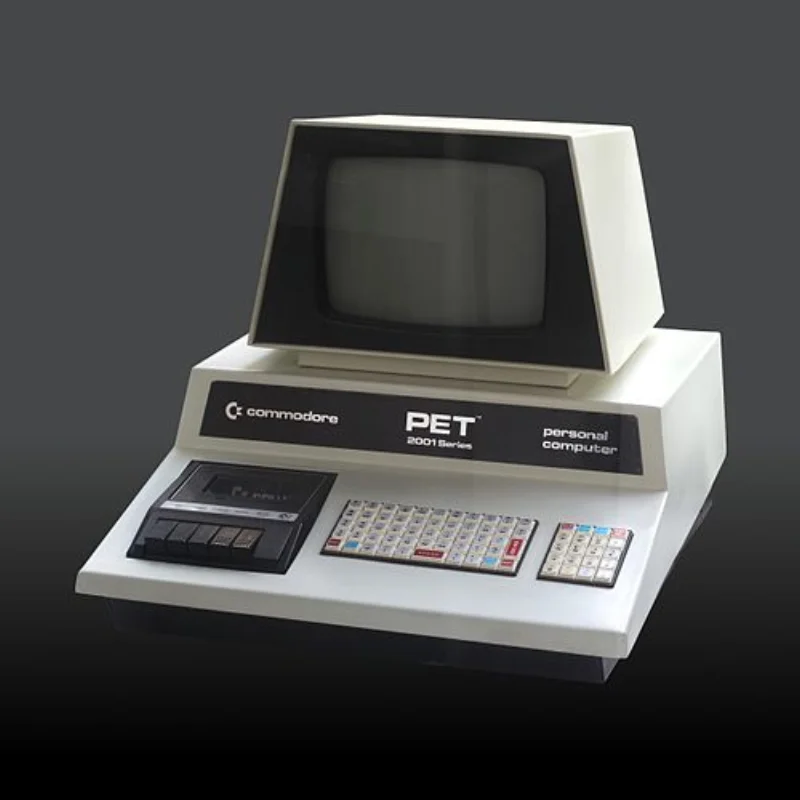
The first personal computer by Commodore. Known for its all-in-one design with built-in keyboard, monitor, and cassette drive.
Hardware
- MOS 6502 @ 1 MHz • 4 KB RAM (expandable)
- Monochrome display (40x25 characters)
- Built-in Datasette (cassette drive)
Software
- Commodore BASIC 1.0 (Microsoft BASIC)
- Commodore KERNAL + BASIC interpreter
2. Commodore VIC-20 (1980)
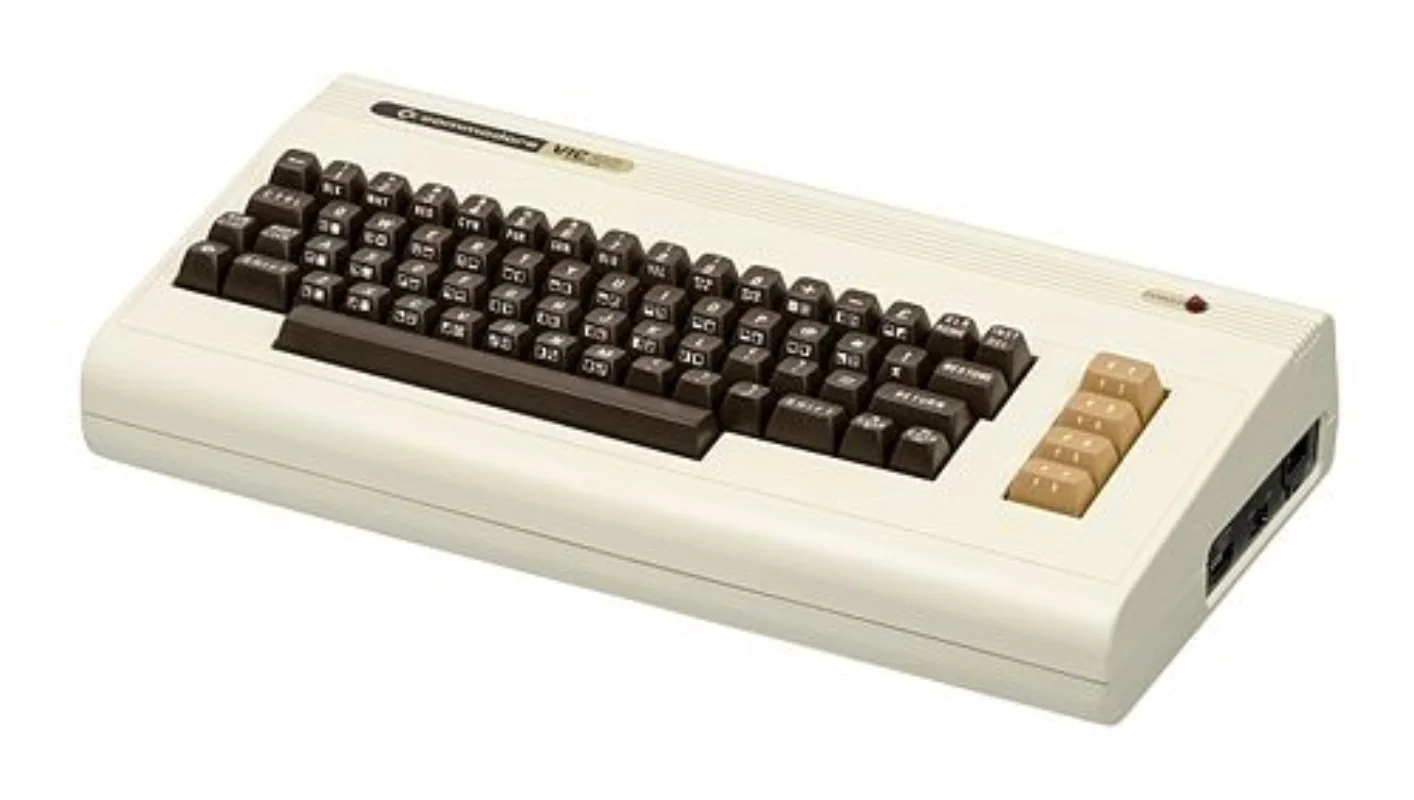
An affordable, user-friendly home computer that became wildly popular.
Hardware
- MOS 6502 @ 1 MHz • 5 KB RAM
- Color graphics (176x184)
- Cartridge slot for games and software
Software
- Commodore BASIC 2.0 (Microsoft BASIC)
- Commodore KERNAL + BASIC interpreter
3. Apple IIe (1983)
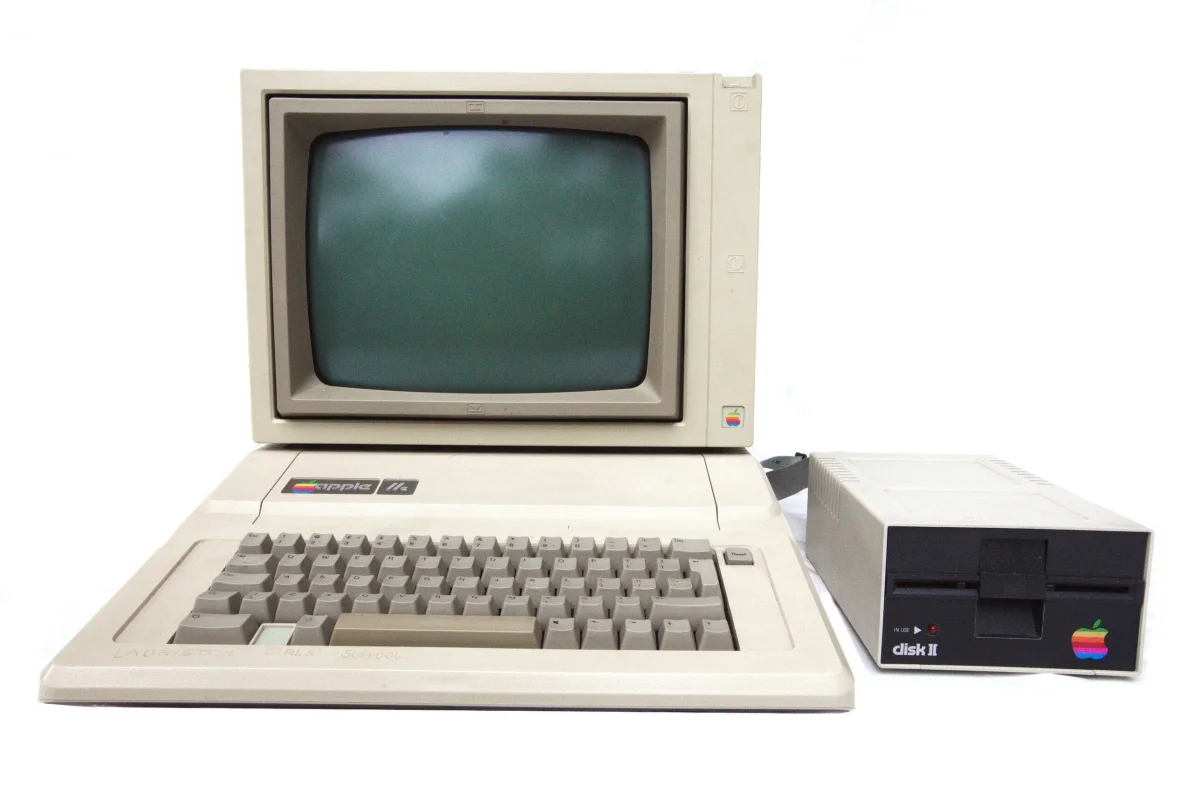
A highly successful model in the Apple II line, noted for its expandability and durability.
Hardware
- 65C02 @ 1.023 MHz • 64 KB RAM (expandable)
- Enhanced keyboard with full ASCII support
- Text and color graphics
Software
- AppleSoft BASIC (Microsoft BASIC)
- Apple DOS 3.3 or ProDOS
4. Apple IIc (1984)
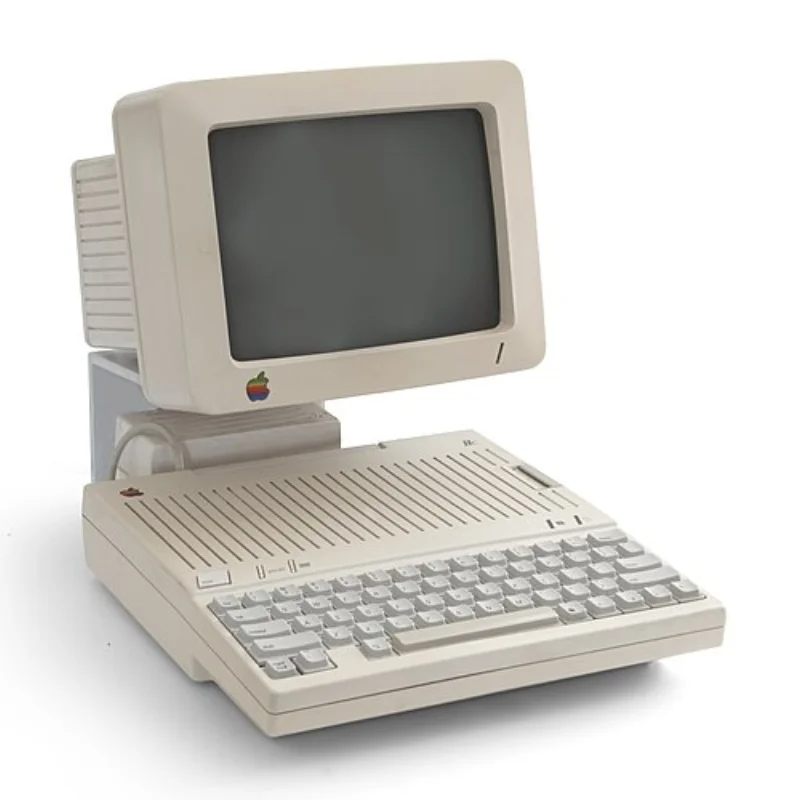
The portable version of the Apple IIe; compact but not a laptop.
Hardware
- 65C02 @ 1.4 MHz • 128 KB RAM
- Built-in 5.25" floppy drive
- Composite video output
Software
- AppleSoft BASIC
- ProDOS (included in ROM), Apple DOS 3.3
5. Amstrad CPC464 (1984)
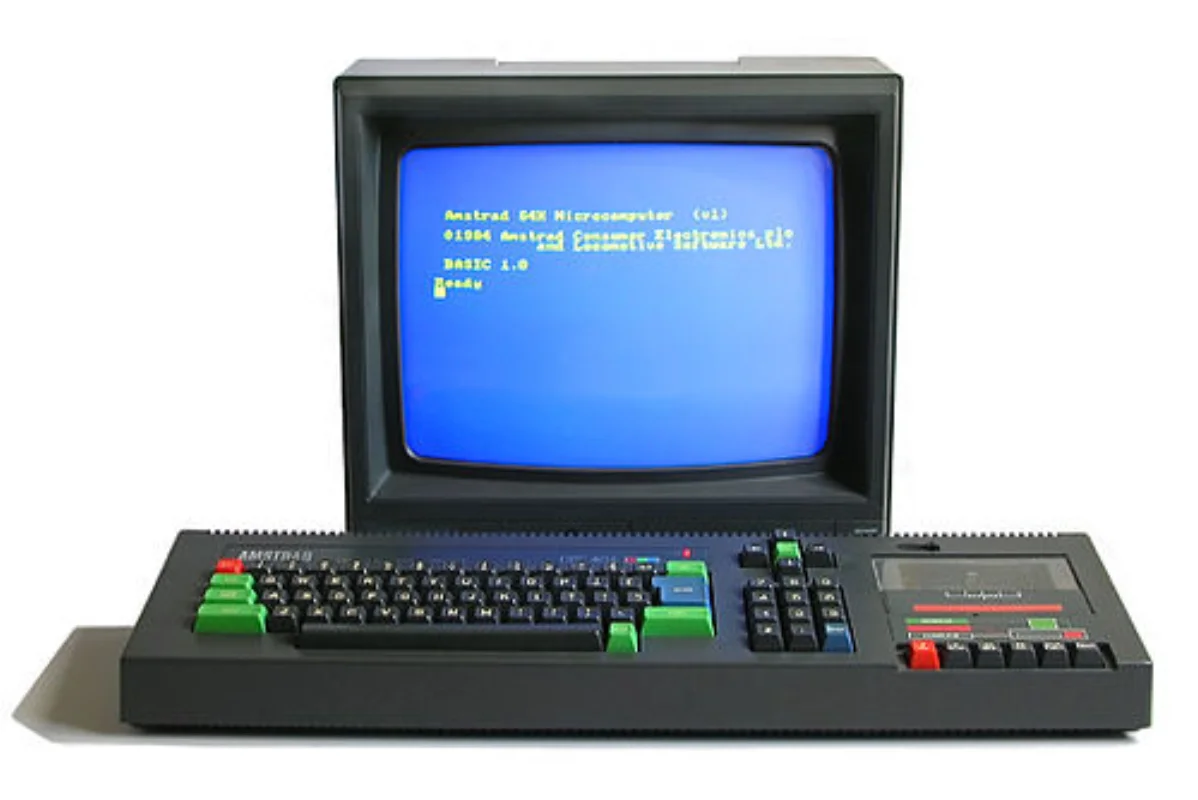
Popular in Europe; an all-in-one home computer with integrated cassette drive.
Hardware
- Zilog Z80 @ 4 MHz • 64 KB RAM
- Color graphics
- Built-in cassette recorder
Software
- Locomotive BASIC
- AMSDOS (Amstrad Disk Operating System, optional with floppy drive)
6. IBM PC XT (1983 / Transportable version ~1984-85)
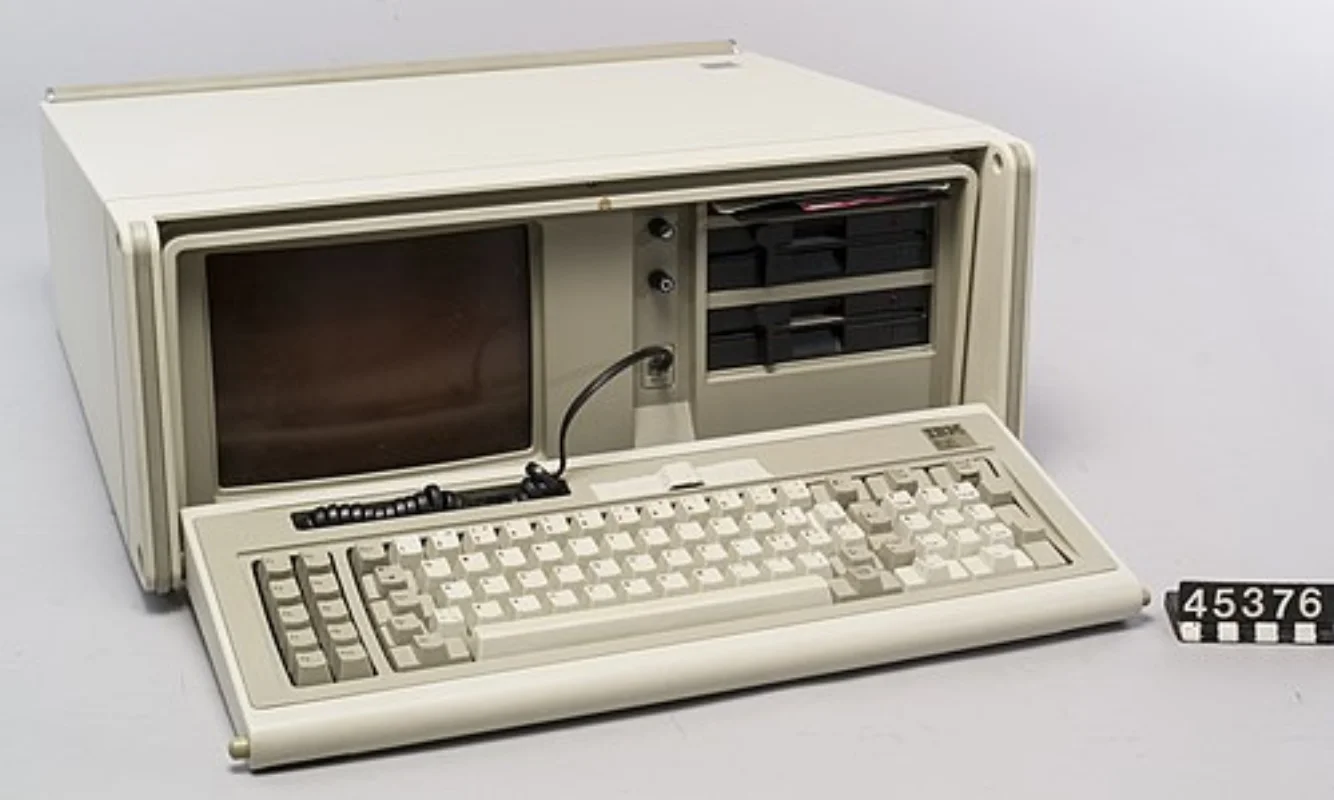
IBM's follow-up to the original PC, notable for adding a hard drive. The transportable version was luggable but not truly portable.
Hardware
- Intel 8088 @ 4.77 MHz • 128 KB – 640 KB RAM
- 10 MB hard drive
- 5.25" floppy drives
Software
- None in ROM (IBM BASIC on disk)
- PC-DOS 2.0 (or MS-DOS equivalent)
7. IBM PC Convertible (5140) (1986)
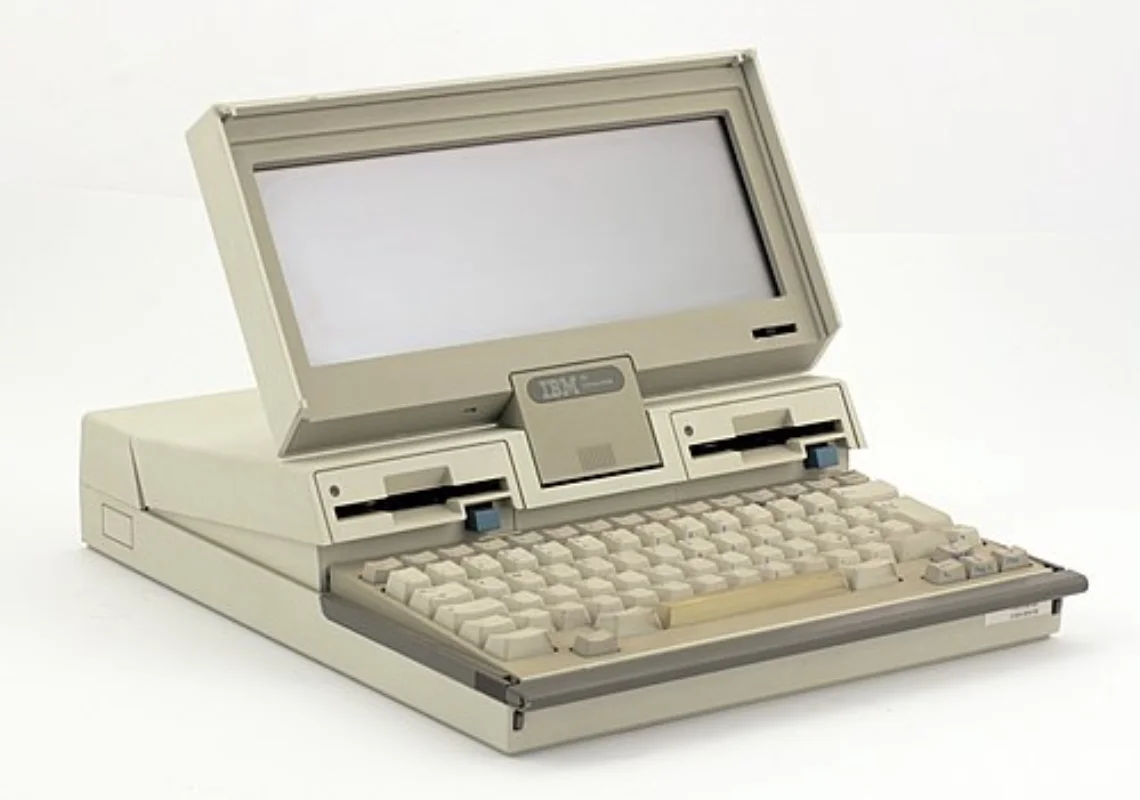
The first IBM laptop with battery power and LCD screen.
Hardware
- Intel 80C88 @ 4.77 MHz • 256 KB RAM
- Dual 3.5" floppy drives
- Monochrome LCD display
Software
- None in ROM (BASIC via disk or cartridge)
- PC-DOS 3.2
8. Macintosh SE/30 (1989)
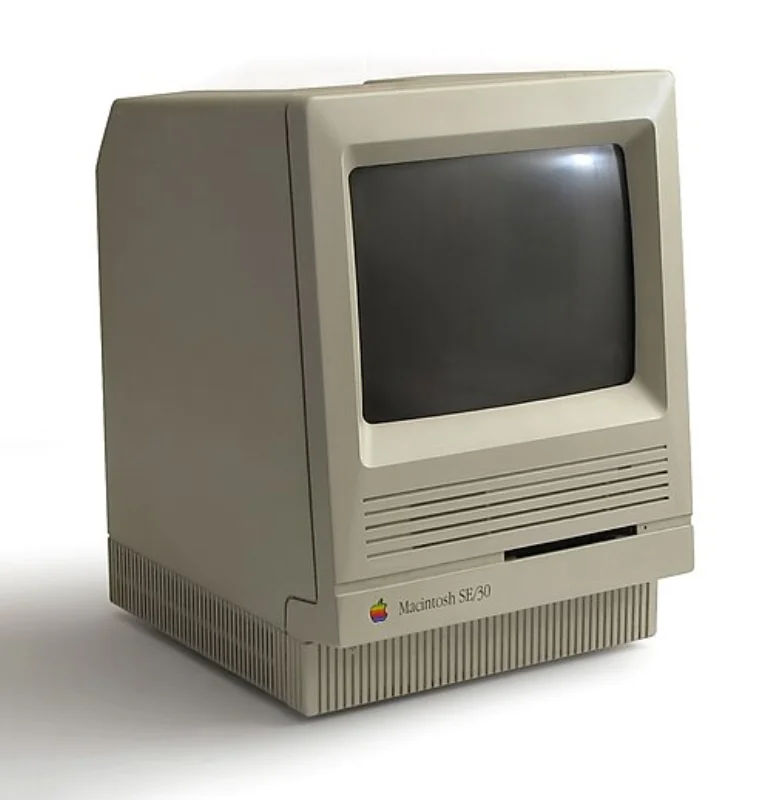
A compact Macintosh hailed for its power and expandability.
Hardware
- Motorola 68030 @ 16 MHz • 1 MB – 128 MB RAM (expandable)
- 9" monochrome display
- SCSI hard drive support
Software
- None (programming via HyperCard, MPW, Think C)
- System 6.0.3 – System 7.5.5 (Classic Mac OS)
9. Macintosh IIfx (1990)
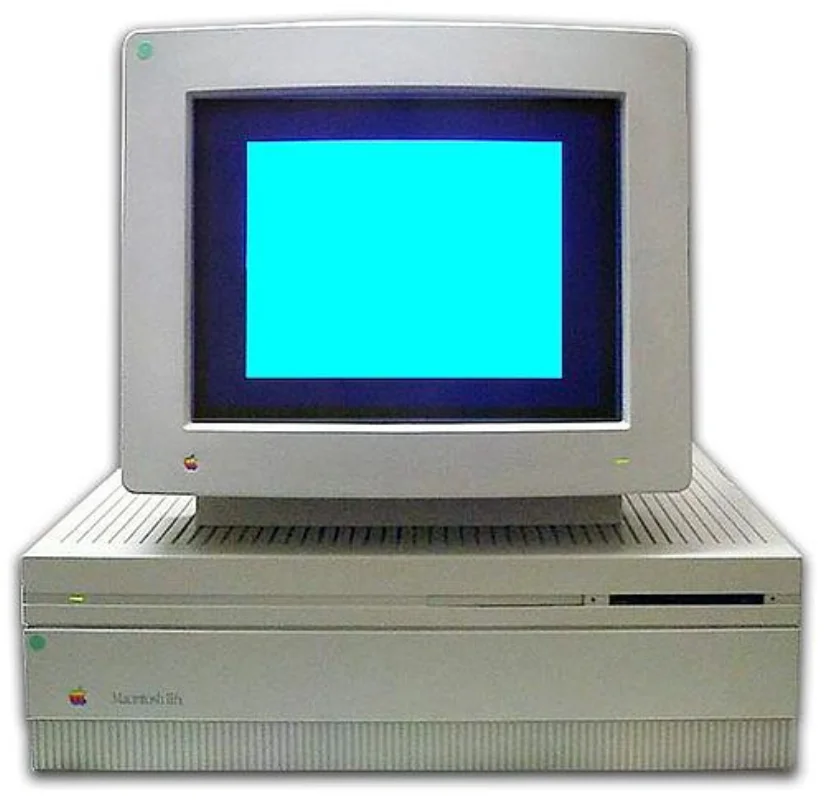
Nicknamed the "wicked fast" Mac, it was Apple's fastest and most expensive Mac at launch.
Hardware
- Motorola 68030 @ 40 MHz • Up to 128 MB RAM
- SCSI and NuBus expansion
- Dual 6502 I/O processors
Software
- None
- System 6.0.5 – Mac OS 7.6.1
10. Macintosh PowerBook 180 (1992)

A high-end model in Apple's early PowerBook line, praised for its performance.
Hardware
- Motorola 68030 @ 33 MHz • 4–14 MB RAM
- 9.8" grayscale active matrix display
- Internal modem optional
Software
- None
- System 7.1 – Mac OS 7.6.1
My UNIX Journey (1992-)
My UNIX journey began in early 1992 while studying for my Computer Science engineering degree. Rémy Card was teaching the UNIX class, so I got a Linux system running from day 1. The first release I installed was 0.13, which then became 0.95 in March '92 (the first release with X Window support). I still remember downloading the floppy images from René Cougnenc's BBS.
There wasn't a lot of Linux documentation at that time... and none in French. So I started writing my own guide, called "Le Guide du Rootard pour Linux (GRL)". I also translated Matt Welsh's Linux info sheet with some help from René. For a while, these two documents were the only Linux documentation in French. Shortly after, Rémy, René, and myself co-wrote in Tribunix what is possibly the first magazine article ever published in France on Linux.
During that time, I got to meet Linus Torvalds a few times. I also attended the 1st Linux Conference in Heidelberg in '94 and met Richard Stallman there. By then, I had started to work - which meant that I had less time - and I was also growing increasingly annoyed by the business circus surrounding Linux. In May '95, I decided to stop maintaining the GRL, with Rémy saying that I "massively contributed to Linux usage in France".
In late '96, I somehow found the time to work on a French translation of Kirk McKusick's 4.4BSD book. This book consumed all my evenings (and many nights) for months. I guess having the privilege to exchange some e-mails with Kirk was worth it all!
Here's my collection of UNIX books and documentation that guided my journey through Linux, BSD, and open source software development. These books represent the foundation of my understanding of operating systems and UNIX philosophy.
UNIX Book Gallery
Core UNIX Kernel Books

John Lions (1977/1996)
The "Ancient Testament" - commented UNIX V6 kernel code. This book was legendary in the UNIX community, containing the complete source code of UNIX V6 with detailed commentary. It was originally distributed as photocopies until it was finally published in 1996.
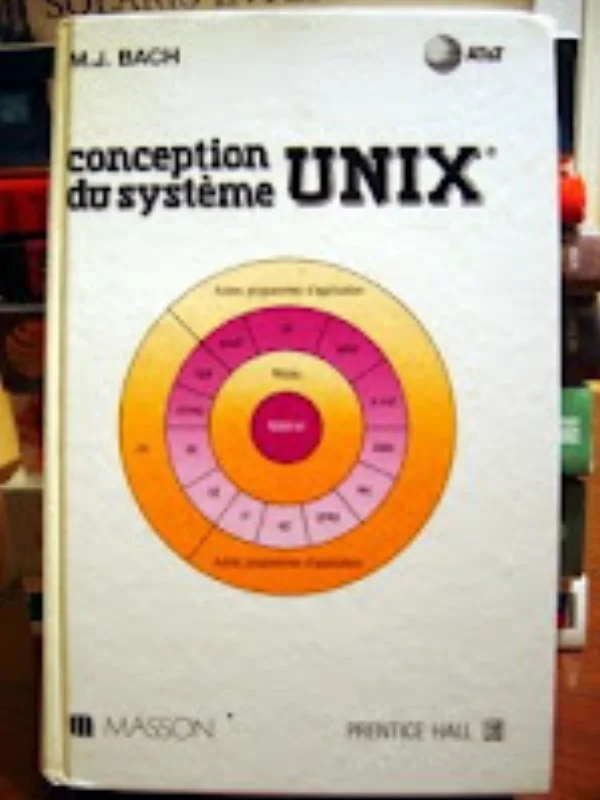
M.J. Bach (1986)
The first proper book on the UNIX kernel (mostly System V Release 2), covering all major topics: process management, file system, I/O, etc. Hardly any code, but lots of detailed explanations, figures and algorithms. A very good book that helped me a lot in the early days.
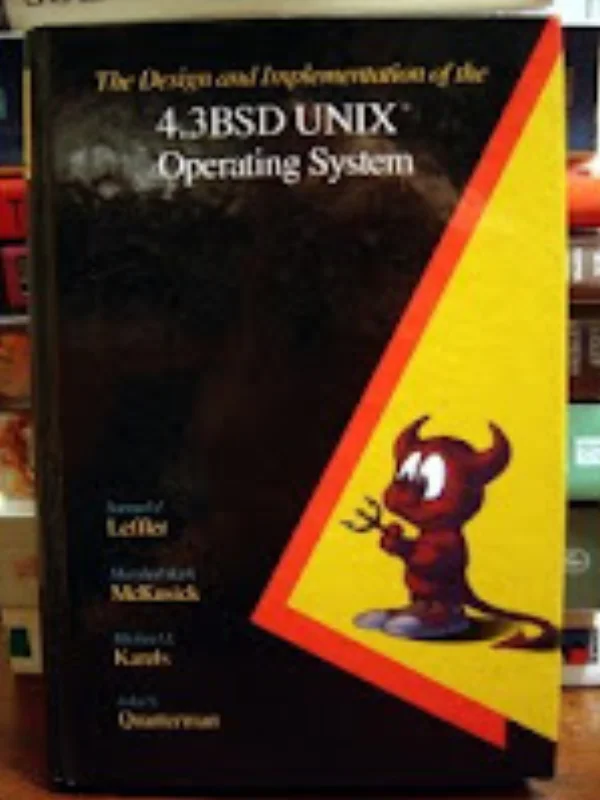
Leffler, McKusick, Karels & Quaterman (1989)
The "Ancient Testament" of BSD - Berkeley UNIX implementation. This book documents the 4.3BSD system and was essential for understanding the Berkeley UNIX variant. It's where I learned about the differences between System V and BSD.
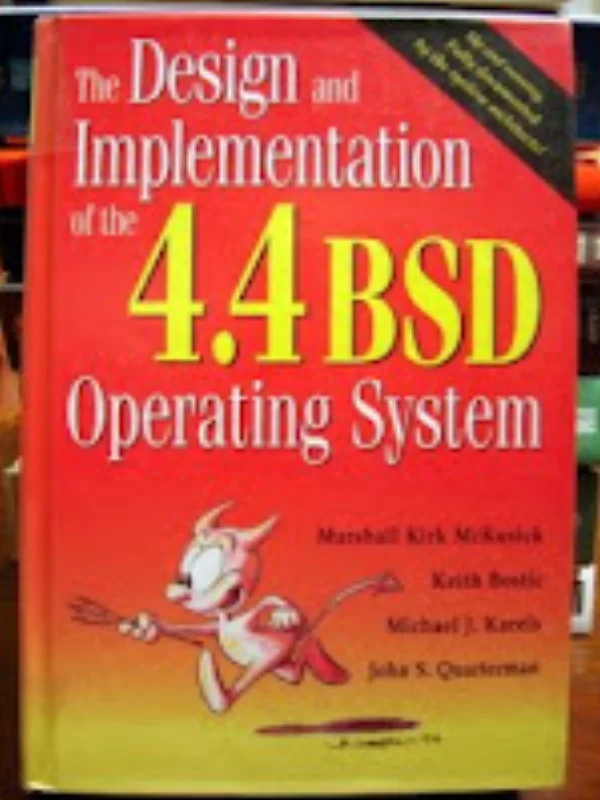
McKusick, Bostic, Karels, Quarterman (1996)
The "New Testament", revised and updated for what is the last UNIX version released by the University of Berkeley. The book is quite verbose and sometimes obscure, but it is invaluable. A lot of 4.4BSD code ended up in many UNIces, especially in Open Source versions like NetBSD, FreeBSD, OpenBSD and Linux.
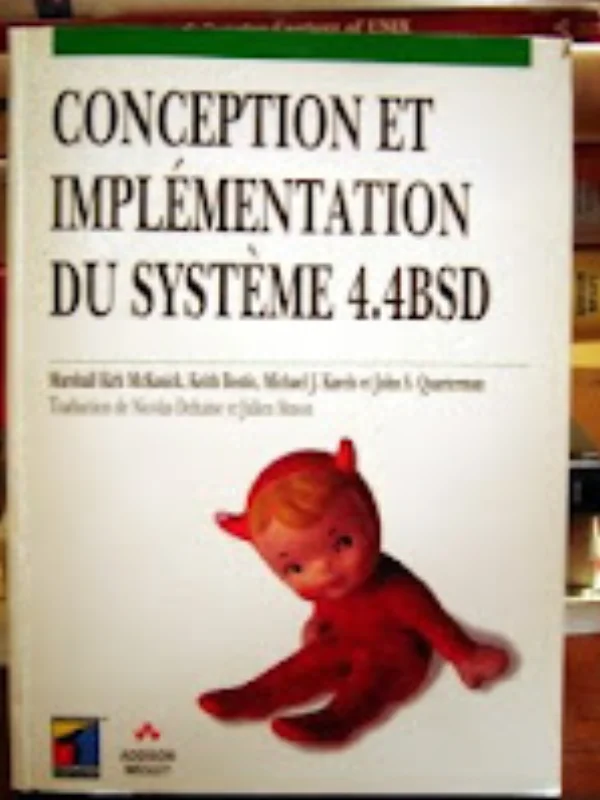
French translation (1996)
I loved that 4.4BSD book so much that I worked on the French translation... and I lived to regret it :) I think my English is quite good and my technical skills aren't too bad either, but try the section "explaining" virtual memory management on the VAX: this one alone almost made me quit!
UNIX Programming & Tools
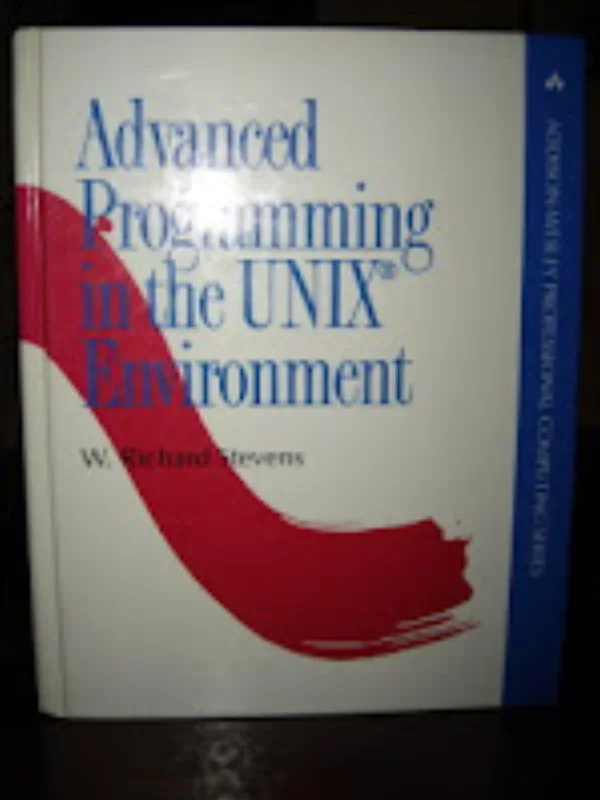
W. Richard Stevens (1992)
The "bible" of UNIX programming - system calls and C library. This book taught me how to write proper UNIX programs, covering everything from basic system calls to advanced topics like signals, IPC, and networking. Stevens' writing style makes complex topics accessible.
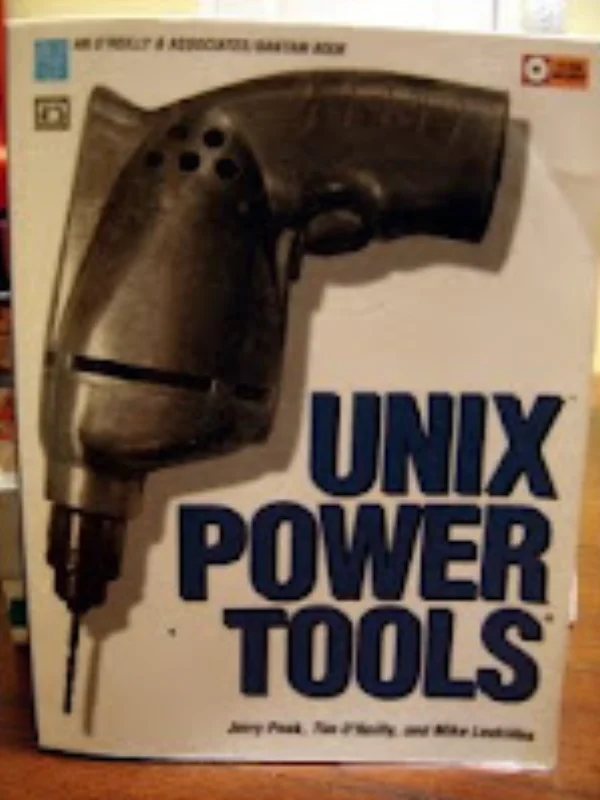
Peek, O'Reilly & Loukides (1993)
Over 1000 pages of UNIX tips, tricks and wizardry. Command line tools, scripting, etc: this book has it all. I have the 1st edition, but the book has been revised several times and a lot of it still applies. This book saved me many times (Ubuntu forums and Google didn't exist, remember?) and on more quiet occasions, it just looked nicely geeky on my coffee table ;)
Advanced UNIX Internals
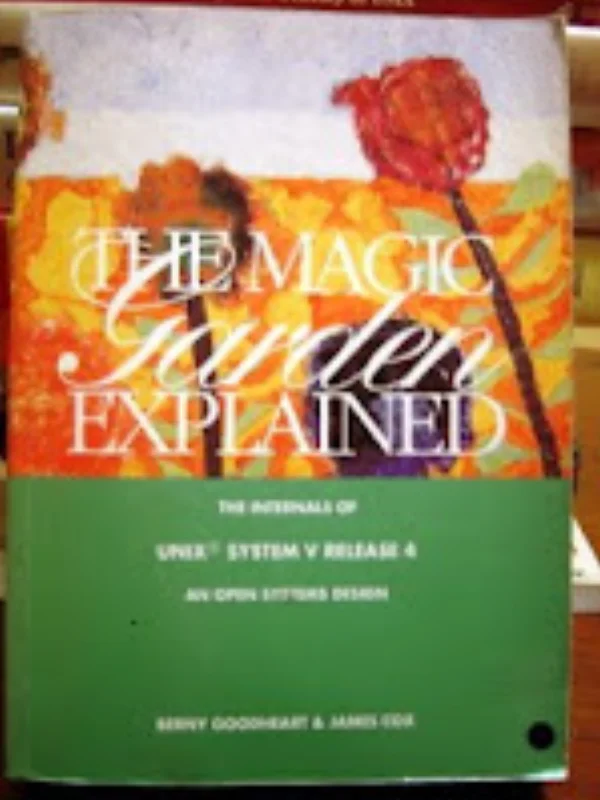
Goodheart & Cox (1994)
This is my favorite kernel book. It's about SVR4, which was the convergence of System V and BSD. The book is very well written, with lots of diagrams and clear explanations. It covers all the major topics: process management, memory management, file systems, etc. But what makes it special is that it explains not just what the code does, but why it was designed that way.
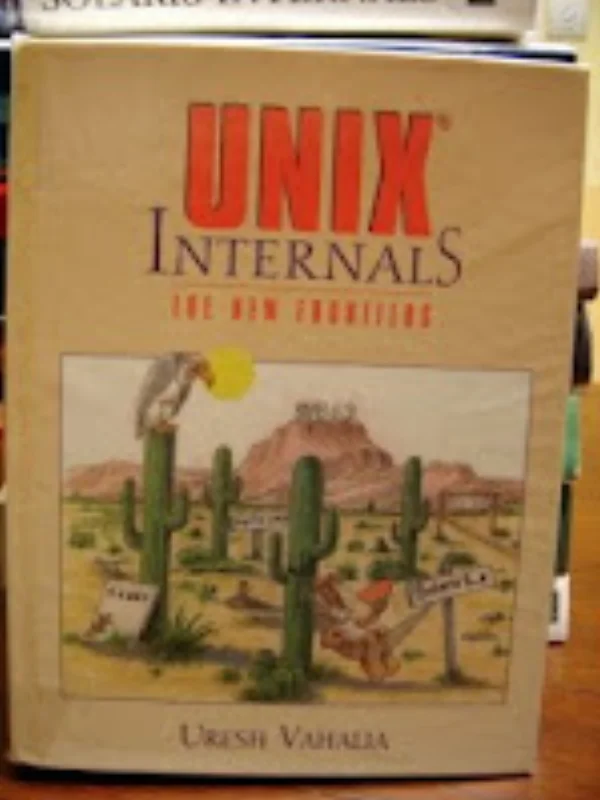
Uresh Vahalia (1996)
Another very good kernel-level book, which covers all key areas (process management, IPC, filesystems, etc) as well some more exotic topics like distributed UNIX, NFS or kernel memory allocation (superb section!). The particular interest of this book is that all concepts are with several real-life examples taken from all major UNIces : 4.4BSD, SVR4, Solaris, etc. As far as I know, this was the first book to compare different UNIX versions in such detail.
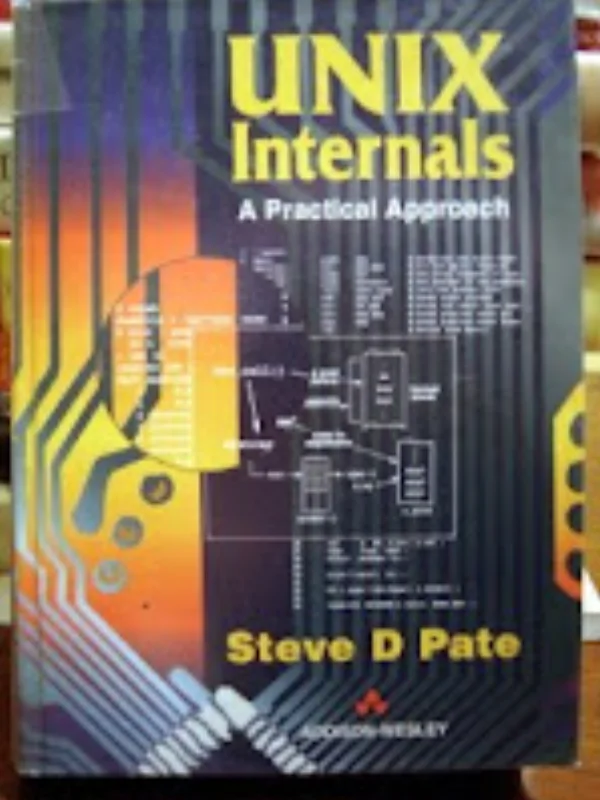
Steve D. Pate (1997)
A slightly misleading title, as this book solely talks about SCO UNIX System 5 Release 3.2 for i386 architectures. A good kernel book, if you work(ed) on SCO UNIX or if you want(ed) to learn about a given UNIX implementation for the Intel architecture. For my purposes, I found the scope a bit narrow and liked the "Magic Garden" book much better. And no, the "SCO vs the world" soap opera has nothing to do with it!
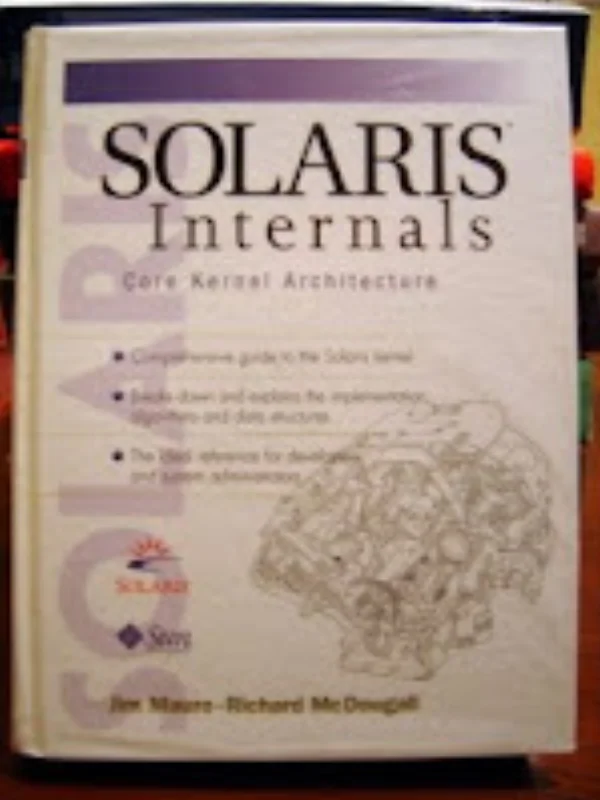
Mauro & McDougall (2000)
The first book on the Solaris kernel (2.5 to 2.7). I was working for Sun Microsystems at the time, so I particularly enjoyed it. Sun is good at writing documentation and although the content is highly technical, this book is an easy read, presenting complex kernel features in great detail. The same authors have since then written a Solaris 10 / OpenSolaris book which I have yet to read.
Operating Systems & Microkernels
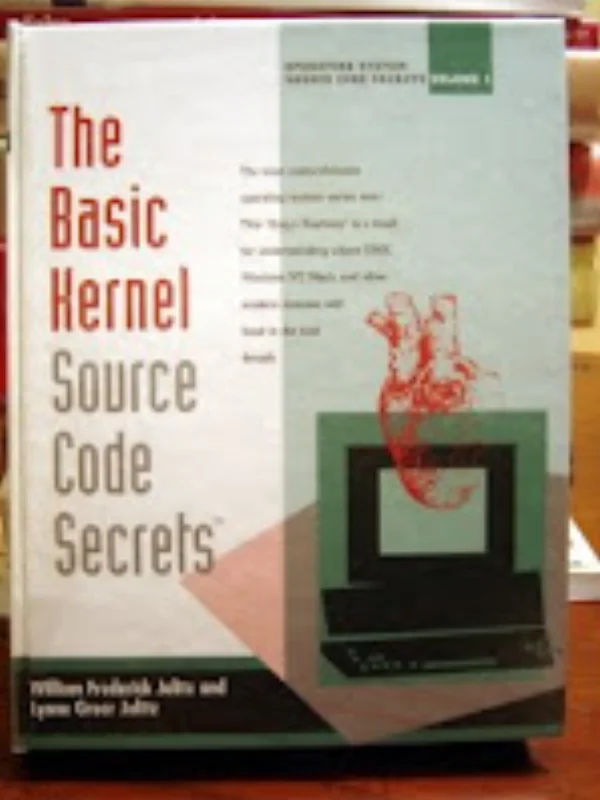
W. Jolitz and L. Jolitz (1991/1996)
This book documents the port of BSD to the x86 architecture, which became 386BSD. It's essentially the source code of the kernel with detailed commentary, similar to Lions' book but for the x86 platform. This was the foundation for what later became FreeBSD and NetBSD.
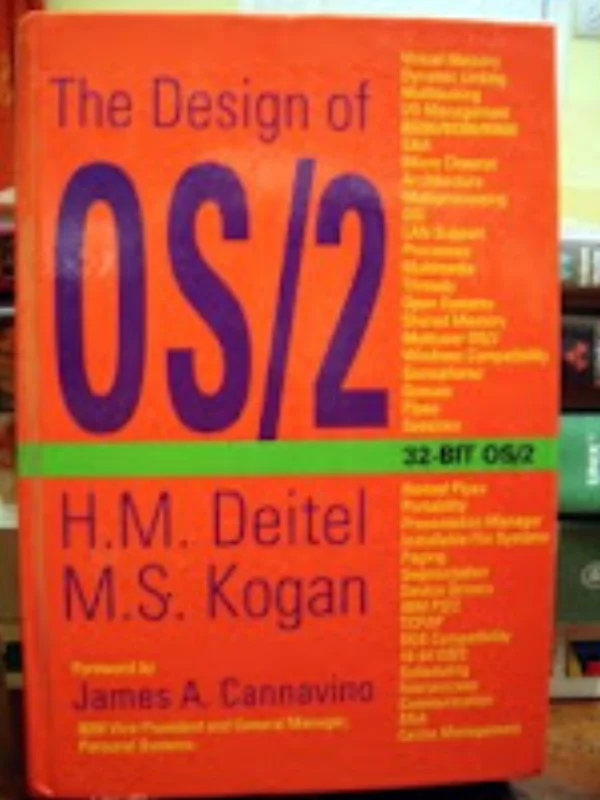
H. Deitel and M. Kogan (1992)
Not UNIX but still a very good OS, so superior to Windows at the time (remember Windows 3.0???). A dry but very serious book on designing a true multitasking OS for the i386. I learned a lot from this one, especially with OS/2 running on my triple-boot i486. DOS, OS/2, Linux : yeah baby, those were the days :)
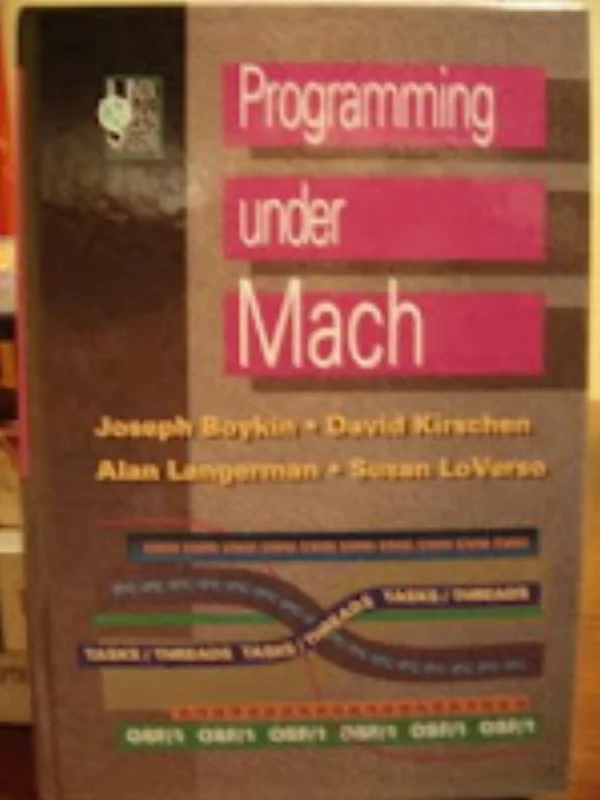
Boykin, Kirschen, Langerman & LoVerso (1993)
Still not UNIX, but getting closer. Microkernels helped redefine the architecture of traditional operating systems and Mach is probably the most widespread: a number of proper UNIces have been built over the Mach microkernel, from OSF/1 to MacOS X! Beyond Mach programming, this is a good book to understand what the fuss is all about. I used it in '94-'96 when I was working on the MASIX project, publishing several papers with Franck Mevel in the process.
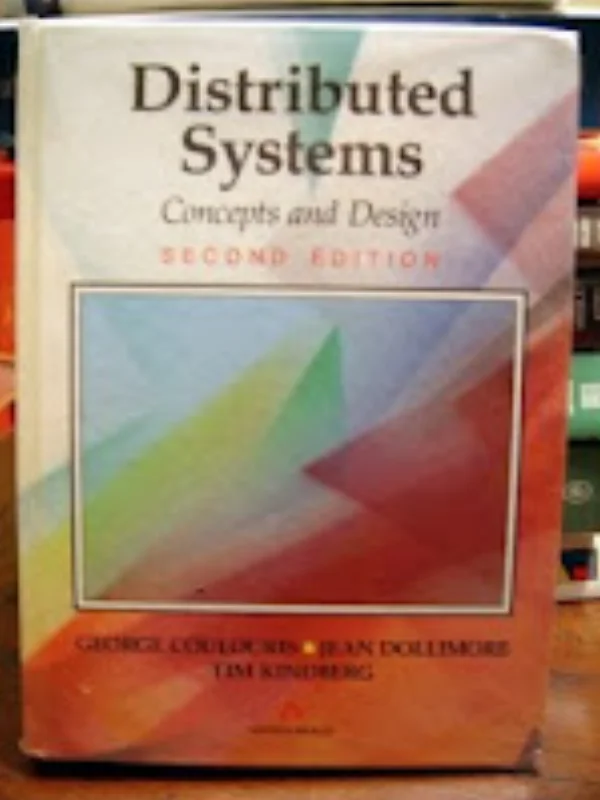
Coulouris, Dollimore & Kindberg (1994)
Lots of books have been written on distributed systems and this is simply the BEST (I have the 2nd edition, but a 4th edition has been published in 2005). It has the most complete and clearest descriptions of many complex distributed algorithms (clocks, transactions, etc). It also covers three microkernels used for UNIX-like distributed systems (Mach, Chorus & Amoeba).
UNIX History & Culture
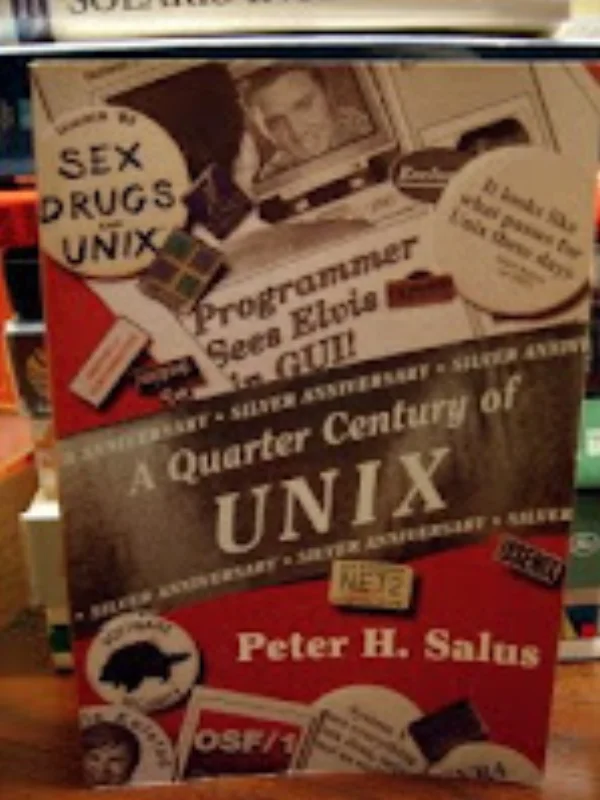
Peter H. Salus (1994)
This isn't a technical book, but a detailed account of the early days told by the people who lived them. If you want to learn how it all started (and sometimes how it all went wrong), this is the book to read. And you also get to see pictures of all the Great Ancients, including Biff the Dog.
Vintage UNIX & BSD CD Collection (1994-1999)
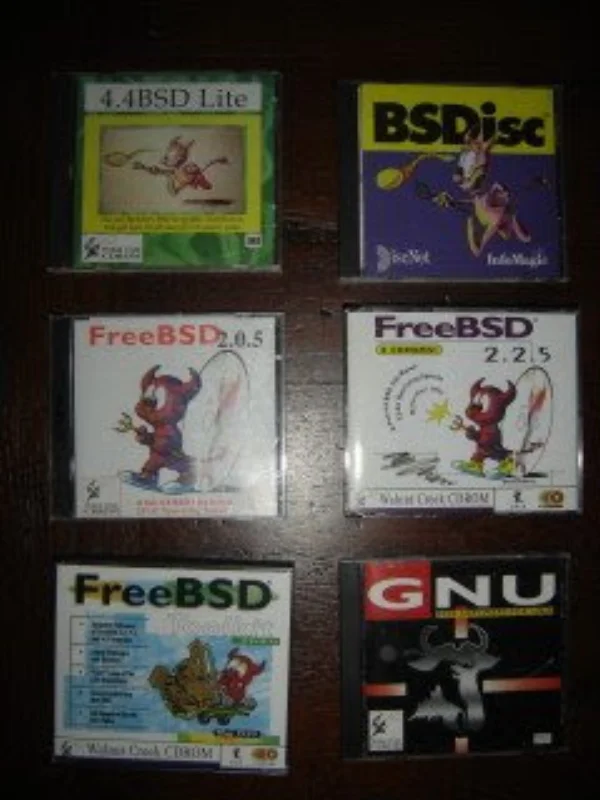
- 4.4BSD Lite (1 CD, June 1994) - Complete 4.4BSD Lite source distribution with all AT&T files removed. This is where NetBSD, FreeBSD & OpenBSD come from.
- BSDisc (1 CD, November 1994) - Complete source & binaries for NetBSD 1.0 and FreeBSD 2.0. As far as I know, this was the first CD release for both OSes.
- FreeBSD 2.0.5 (2 CDs, July 1995) - Full distribution (sources & binaries) plus a live CD.
- FreeBSD 2.2.5 (4 CDs, November 1997) - Full distribution (sources & binaries), plus a live CD and a copy of the CVS repository.
- FreeBSD Toolkit (6 CDs, May 1999) - FreeBSD 2.2, 3.1 & 4.0, plus a ton of packages. It was really time for the DVD-ROM to be invented :)
- GNU - Free Software for UNIX (1 CD, February 1996) - 83 source packages, with pre-compiled binaries for SunOS 4.1.4 and Solaris 2.4. Emacs, gcc, g++, gdb, perl 4 & 5. Says the backcover: "With this disc, you can bring any barebones system up to a professional working environment" :)
UNIX Philosophy & Culture
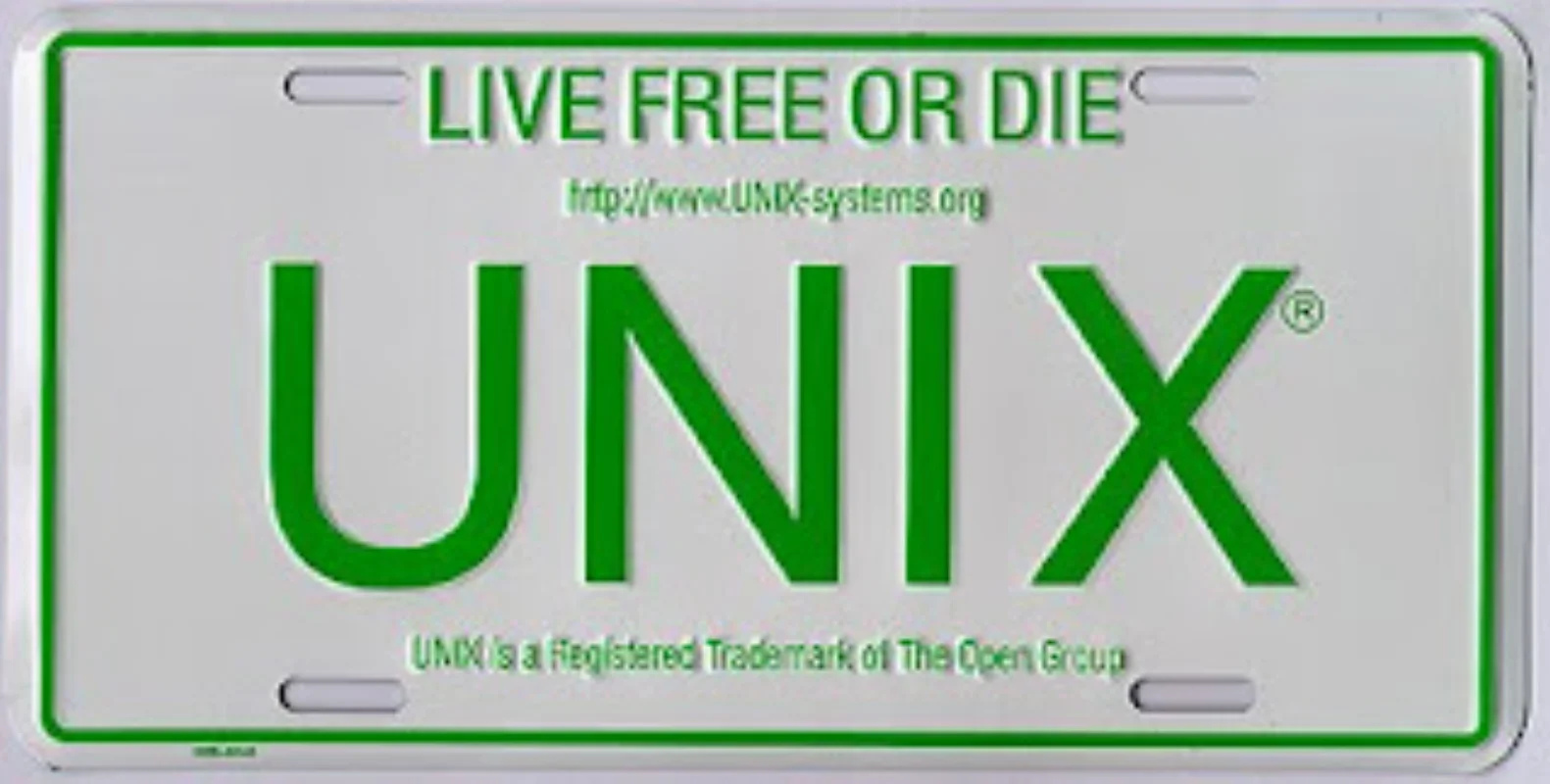
The UNIX philosophy extends far beyond technology - it's a way of thinking about freedom, choice, and the power of simple, elegant solutions. This custom license plate combines New Hampshire's state motto "Live Free or Die" with UNIX, representing the deep connection between the UNIX philosophy and the open source movement.
Contact
For consulting, speaking engagements, or AI partnerships:
Email:julien@julien.org
